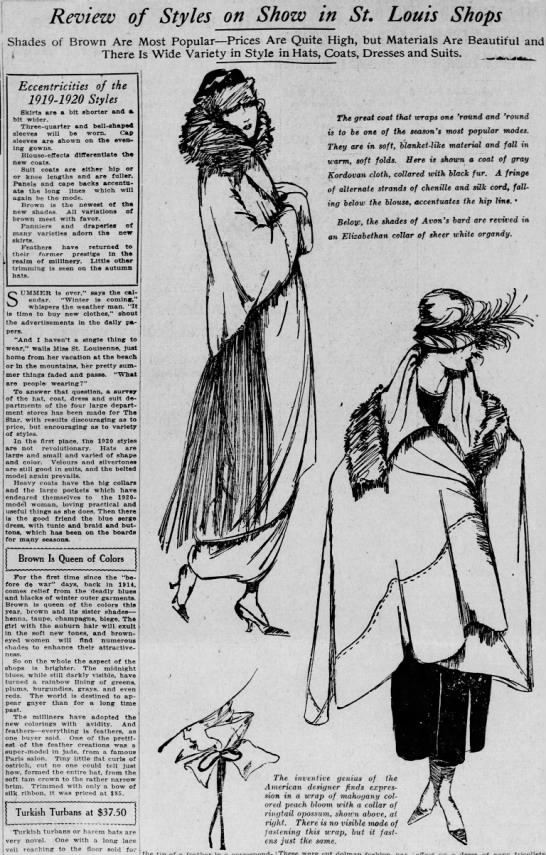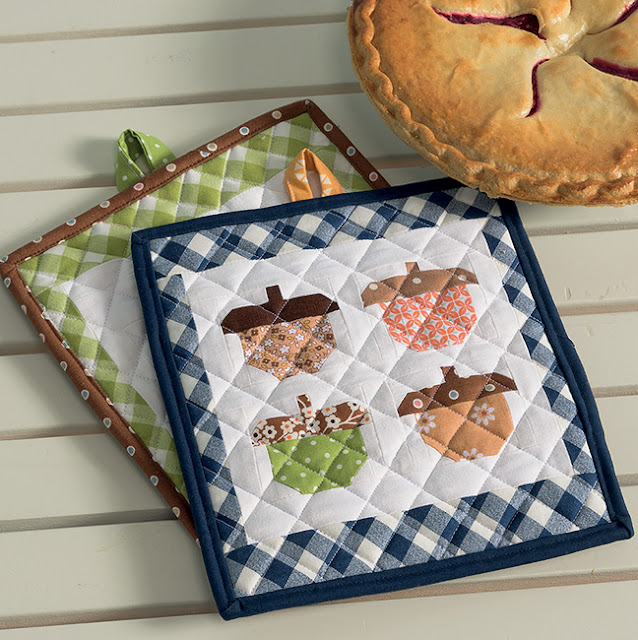I finished the September block of Hospital Sketches, the block of the month run by Barbara Brackman on her Civil War Quilts blog.
There is only one block left to go, and then I need to determine my borders for the quilt.I was thrilled when Barbara Brackman listed me as a blogger she follows in her blog Material Culture this week! Find the post here. Barbara is a quilt historian and has published many books including the essential encyclopedias of pieced and appliqued quilt blocks and runs numerous blogs including Women's Work , Chintz Panels in Quilts, and Clouds of Quilt Patterns.
I received two books in the mail.
Polite Society by Mahesh Rao was a giveaway win from the First Look Book Club. It is a modern interpretation of Jane Austen's Emma set in India. It is shown against my Austen Family Album quilt, one of Brackman's past block of the month series. Sign up for the First Look Book Club and every week you can read excerpts from some of the best new books being published and enter giveaways!
From the Book Club Cook Book came The Women of Copper Country by Mary Doria Russell, which I reviewed here. Today my library book club will discuss an ARC we received from the Book Club Cook Book--look for my review on Sunday.
My TBR galley list is getting thin! Well, for me it's thin. I have surgery scheduled in a month and am preparing to give myself a break reading on my schedule!
I am currently reading NetGalley books:
The Book of Science and Antiquities by Thomas Keneally
Blow Out by Rachel Maddow
We Are the Weather by Jonathan Foer Safran
And a LibraryThing win,
Archeology from Space by Sarah Patak
and a B&N #Blowout sale buy,
Miracle Creek by Angie Kim
New to my TBR galley shelf are two Patchwork Place books from Edelweiss:
Autumn Boquet by Sharon Keightley
Lynette's Best-Loved Stitcheries by Lynette Anderson
Yet to read from NetGalley are books coming out in November and beyond:
We Are the Weather by Jonathan Safran Foer
Broke: Hardship and Resilience in a City of Broken Promises by Jodie Adams Kirshner, which is about Detroit
Inventing Tomorrow by Sarah Cole, about H. G. Wells
Labyrinth of Ice: The Triumphant and Tragic Greely Polar Expedition by Buddy Levy
Lady Clemintine by Marie Benedict, whose book The Only Women in the Room I read
A Good Neighborhood by Therese Anne Fowler, a novel that has a lot of buzz
Big Lies in a Small Town by Dianne Chamberlain, an author my husband likes
I won Conversations with RBG from LibraryThing, still to arrive.
We are giving apples away right and left! I made a big batch of these Apple Crumb Bars--twice! And my husband has made apple sauce and I made apple butter. And also tried my hand at peach jam; it's been years since I 'put up' jams.
And just because she's so cute, here is our grandpuppy who we puppysit now and then! Ellie is a Shiba Inu rescue from Safe Harbor Animal Rescue in Vermillion, OH.






























